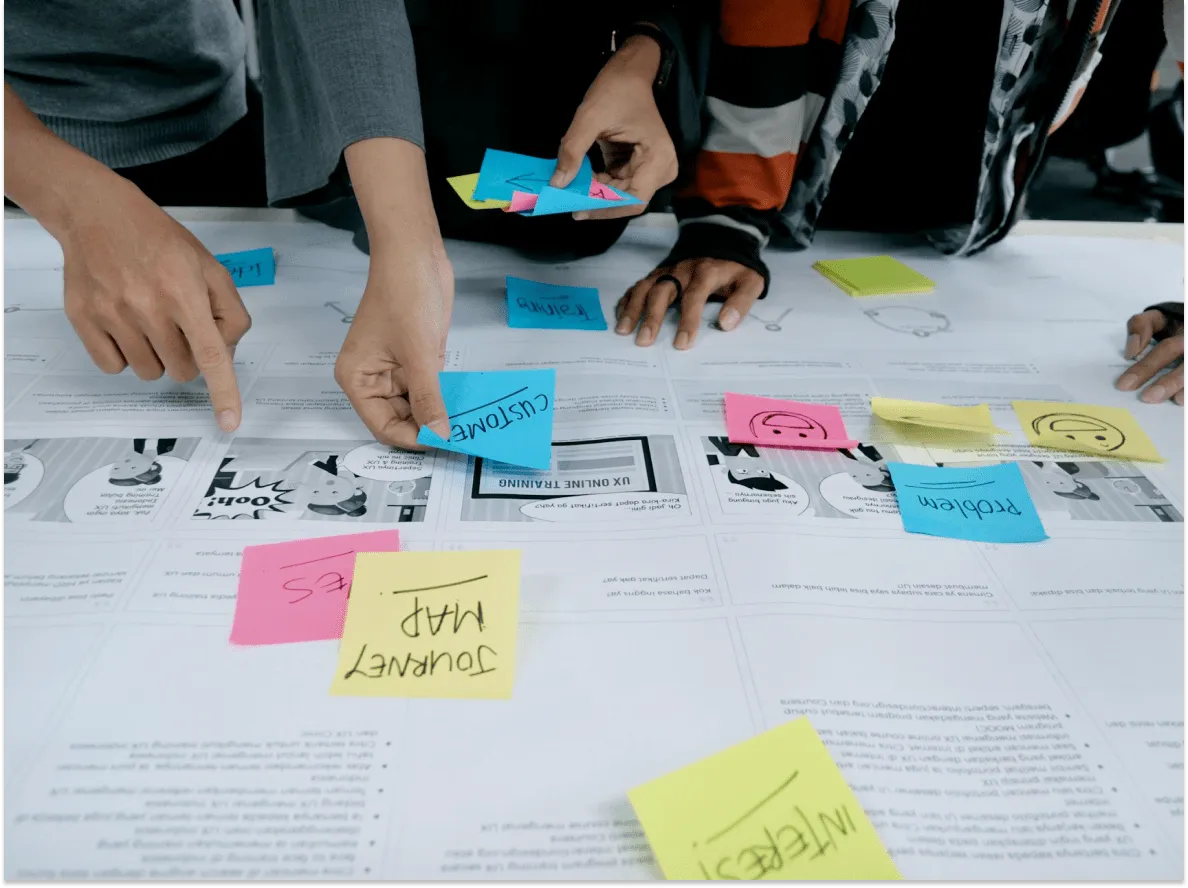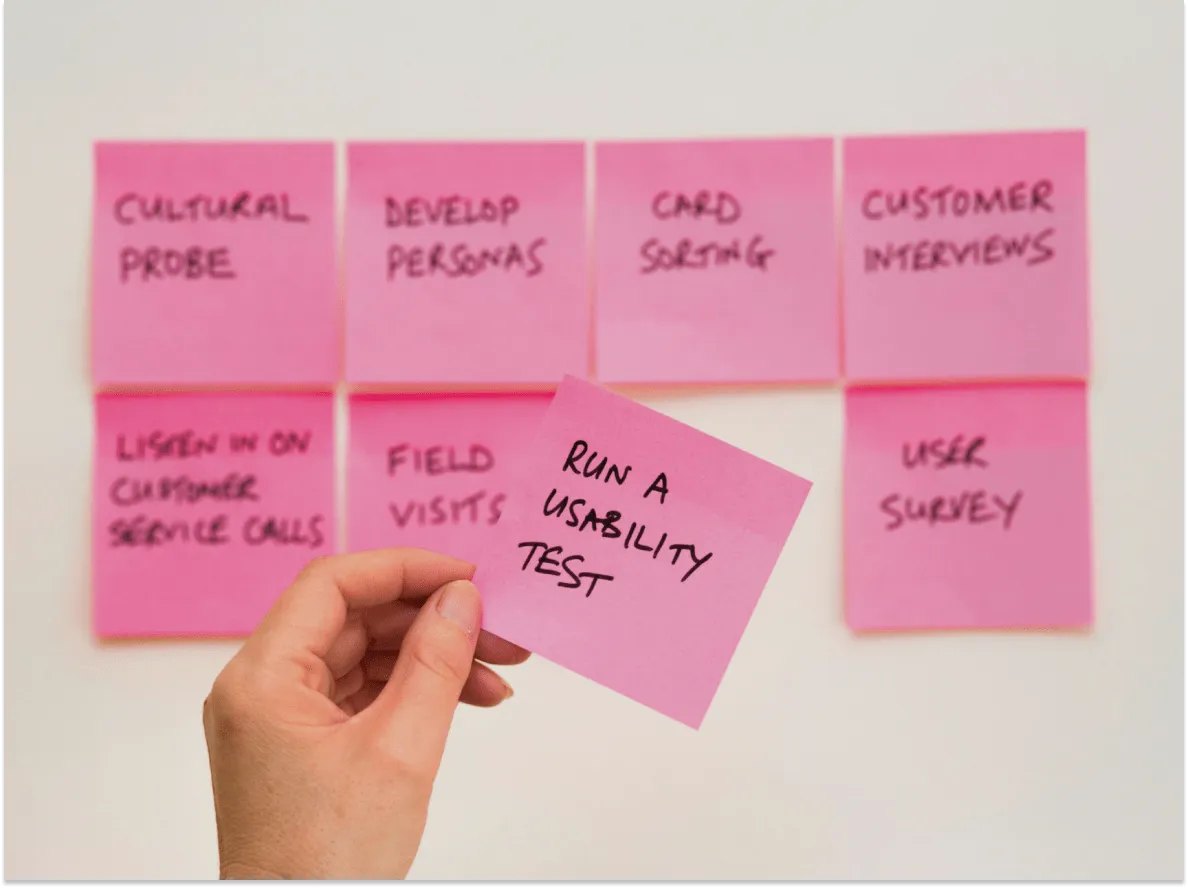15 Key UX Design Trends and Techniques for 2024
UX design industry is characterized by a blend of technological advancements and a deeper understanding of human behavior.
The landscape of User Experience (UX) design is continuously evolving, with 2024 marking a year of innovative trends and advanced research techniques that are reshaping the industry.
1. Beyond Passwords: Seamless Authentication
In 2024, passwordless login methods have become even more sophisticated. Biometric authentication, including advanced facial recognition and behavioral biometrics, is now more widespread, offering a seamless and secure user experience while reducing friction.
2. Personalized Learning Experiences
Individual learning has evolved with AI-driven customization, adapting to user preferences and learning styles in real time. UX in educational technology focuses on creating deeply personalized, engaging, and adaptive learning paths.
3. Hyper-Localized UX
Localized User Experience now goes beyond language and aesthetics. In 2024, it encompasses localized content, cultural nuances, and even region-specific user behavior, providing a more intuitive and relatable user journey.
4. The Rise of UX Writing and Microcopy
The trend of UX writing has matured into a strategic element of design. Clear, concise, and context-aware microcopy guides users more effectively, enhancing the overall experience and increasing engagement.
5. Air Gesture and Contactless Interactions
Contactless interactions have become mainstream, with air gesture technology now found in various devices. This trend reflects an increasing desire for hygiene and convenience, particularly in public and shared spaces.
6. Material Design 2.0
Material Design has evolved into a more dynamic and adaptable framework, supporting 3D effects, interactive animations, and more immersive elements that respond to user input and environmental conditions.
7. Virtual and Augmented Reality: The New Norm
VR and AR are no longer emerging technologies but essential components of the UX toolkit, especially in e-commerce, education, and entertainment, providing more immersive and interactive experiences.
8. Biometric Authentication for Enhanced Security
Biometric authentication methods have become more advanced and diverse, with new forms like gait recognition and heartbeat analysis ensuring that security remains user-friendly and robust.
9. Refined App Onboarding
App onboarding processes have become more interactive and personalized, using behavior-driven prompts and tutorials to ensure users understand the value and functionality of the app from the first use.
10. Expressive and Bold Typography
Typography in UX has become more adventurous, with dynamic, variable fonts and bold statement types that not only attract attention but also improve readability and user navigation.
11. Immersive 3D Visuals and Interactive Elements
3D designs have become lighter and faster to load, thanks to better rendering technologies. They are now used to tell stories, explain complex services, and create engaging environments that draw users in.
12. Evolving Colorful Backgrounds
Backgrounds in UX design have transitioned from simple gradients to more complex, dynamic backgrounds. These include animated textures and interactive scenes that respond to user input, enhancing the depth and engagement of the design.
13. Advanced Glassmorphism
Glassmorphism has evolved to include more depth, texture, and light effects, creating a more tactile and engaging user experience. This trend emphasizes subtlety and depth in design, moving away from flat and material styles.
14. Motion Design: Telling Stories with Movement
Motion design has become a key narrative tool in UX, with sophisticated animations and transitions used not just for aesthetics but to guide users, clarify complex information, and add a layer of storytelling.
15. Sustainability and Ethical Design
A rising trend in UX is designing with sustainability and ethics in mind. This includes minimizing digital waste, optimizing for energy efficiency, and ensuring that designs are inclusive and accessible to all.
Conclusion
As we move into 2024, the UX design industry is characterized by a blend of technological advancements and a deeper understanding of human behavior. Designers are tasked with creating experiences that are not only visually appealing and intuitive but also responsible and inclusive.
As we navigate these emerging trends, the focus will be on leveraging technology to enhance human-centric design, ensuring that products and services are accessible, enjoyable, and beneficial to all.



